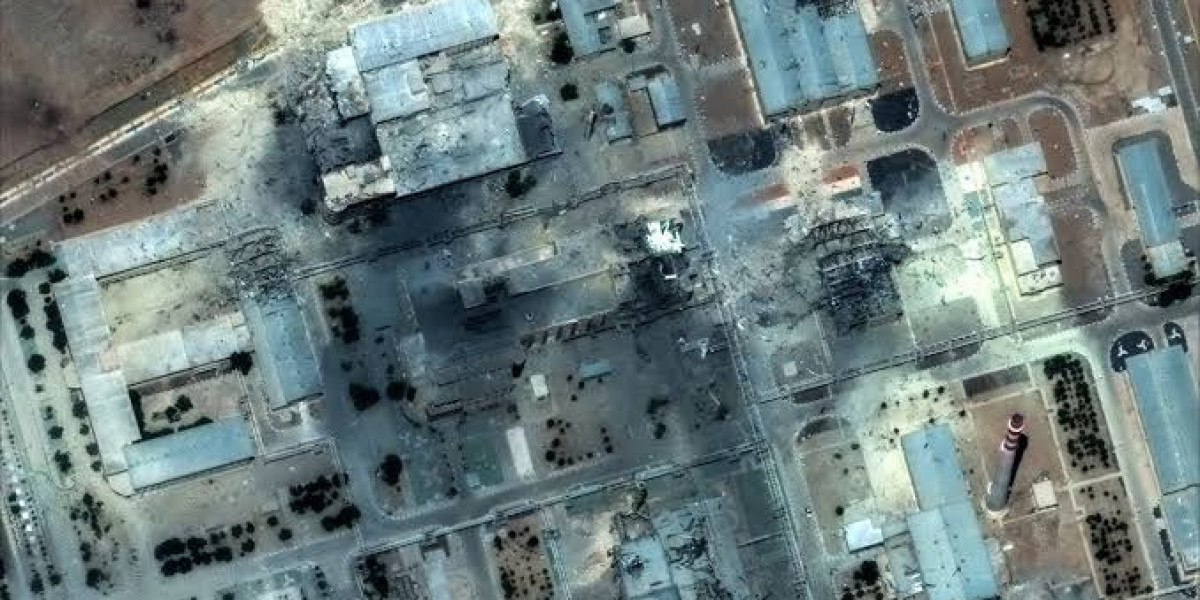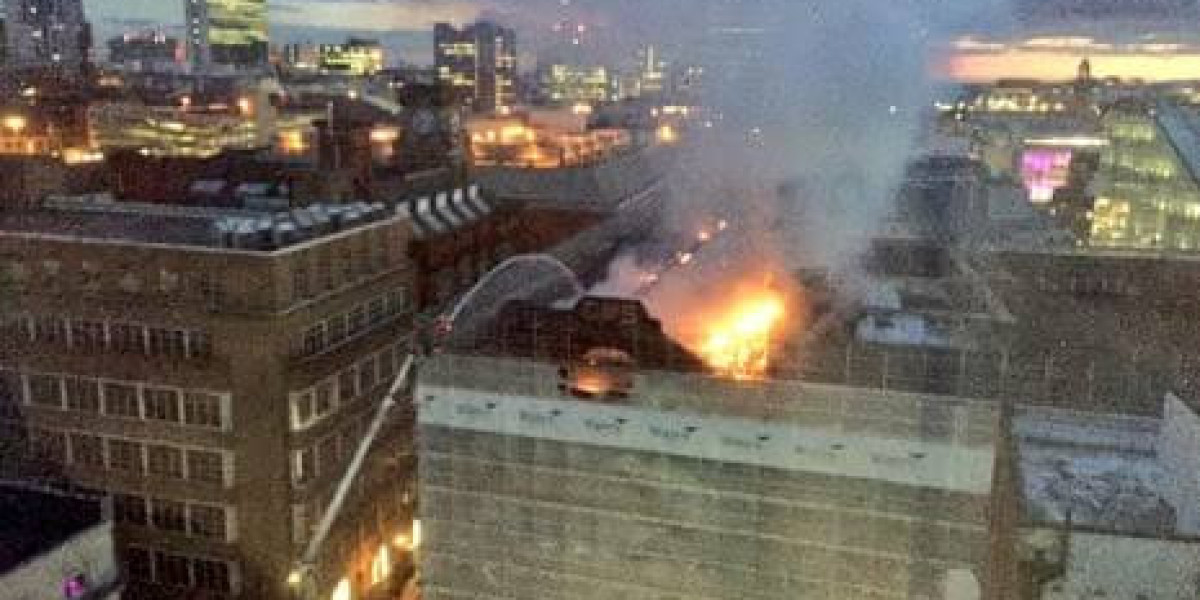The United States has conducted a series of airstrikes against three major Iranian nuclear facilities at Fordo, Natanz, and Isfahan, according to a dramatic announcement from the White House. The move marks a significant escalation in the long-simmering tensions over Tehran's nuclear ambitions and has drawn immediate and sharp reactions from across the globe.
President Donald Trump stated that the strikes were a "spectacular military success" aimed at destroying Iran's nuclear enrichment capabilities. US defense officials have claimed that the attacks, which reportedly involved the use of powerful "bunker-buster" bombs, have caused "monumental damage" to the heavily fortified and underground sections of the targeted sites.
Analysis of satellite imagery by independent nonproliferation experts appears to corroborate some of the US claims, showing significant damage, including craters, at the entrances to underground facilities at Fordo and Natanz.
In response, Iran has vowed to continue its nuclear program. Iranian officials have downplayed the extent of the damage, asserting that their work will not be halted. Tehran also launched a barrage of retaliatory missile strikes against Israel, further inflaming regional hostilities. There have been reports of injuries and damage in Israel.
The international community has reacted with a mixture of support for the US action and calls for de-escalation. Australia has endorsed the American strikes, with Foreign Minister Penny Wong stating, "We support action to prevent Iran getting a nuclear weapon." However, other nations have urged restraint and a return to diplomatic channels.
The International Atomic Energy Agency (IAEA), the United Nations' nuclear watchdog, has confirmed that its inspectors are on the ground in Iran. The agency reported that it has not detected any increase in off-site radiation levels near the targeted facilities. IAEA Director General Rafael Mariano Grossi has expressed grave concern over the military escalation and called for the protection of all nuclear sites.
Prior to the US strikes, tensions had already been high. Iran has been enriching uranium to 60% purity, a level close to weapons-grade, and has amassed a significant stockpile of enriched material, raising concerns in Washington and among its allies. Diplomatic efforts to revive the 2015 nuclear deal (JCPOA), from which the US withdrew in 2018, have been stalled. Recent indirect talks between the US and Iran, mediated by Oman, failed to produce a breakthrough, with Tehran refusing to negotiate while under pressure.
The long-term impact of the US airstrikes on Iran's nuclear program remains to be seen. While the immediate damage may set back Iran's progress, experts are divided on whether it will ultimately deter Tehran from its nuclear course. The current crisis has pushed the Middle East into a more precarious and unpredictable phase, with the potential for a wider conflict looming large.










